Optimal Seasons for Balcony Repairs
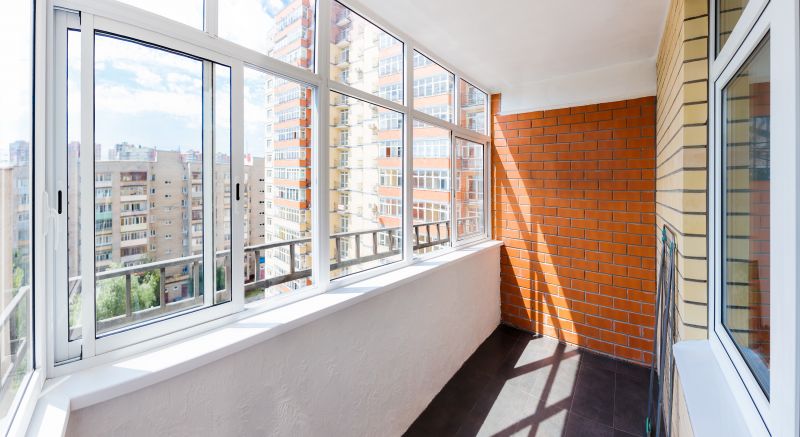
Spring offers moderate temperatures and less precipitation, ideal for balcony repairs.
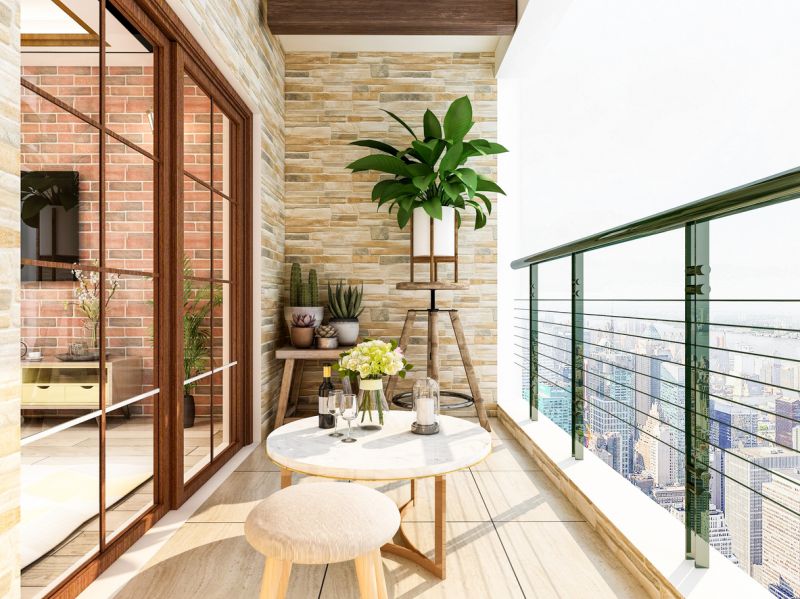
Warm weather and longer days facilitate efficient repair work and curing times.
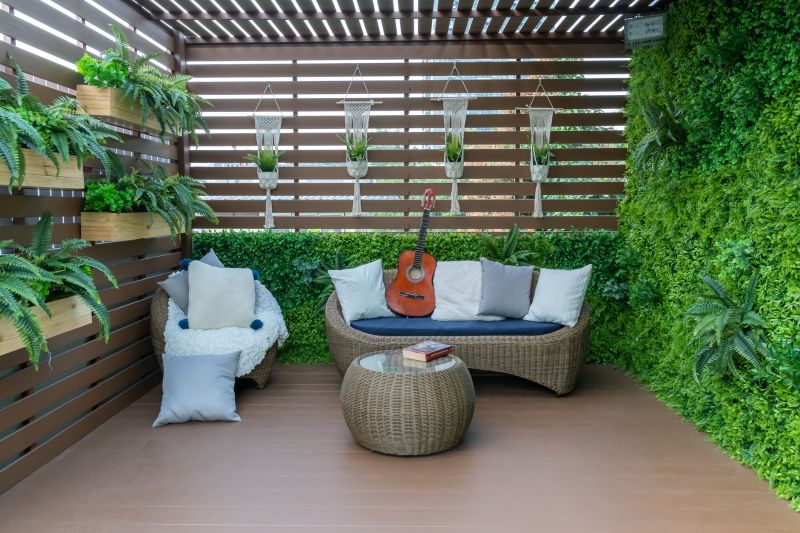
Early fall provides stable weather conditions before colder temperatures set in.

Ways to make Balcony Repairs work in tight or awkward layouts.
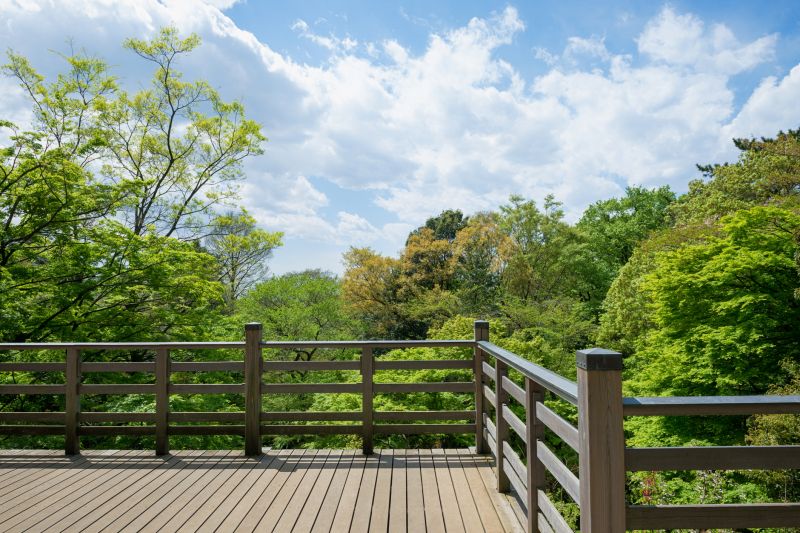
Popular materials for Balcony Repairs and why they hold up over time.

Simple add-ons that improve Balcony Repairs without blowing the budget.
Balcony repairs are essential for maintaining safety, extending lifespan, and enhancing aesthetic appeal. Proper timing ensures repairs are effective and durable. Weather conditions significantly influence the success of repair projects, with mild temperatures and low humidity being optimal. Repair seasons generally align with periods of stable weather, avoiding extreme cold, heat, or heavy rain. This approach minimizes delays and quality issues, leading to better long-term results.
Statistics indicate that scheduling balcony repairs during favorable weather can reduce project duration by up to 30%. Additionally, repairs performed in suitable seasons tend to have a 25% higher longevity rate. Planning repairs during these periods also minimizes the risk of weather-related damage, ensuring materials set properly and adhesion is optimal.

High-end options that actually feel worth it for Balcony Repairs.
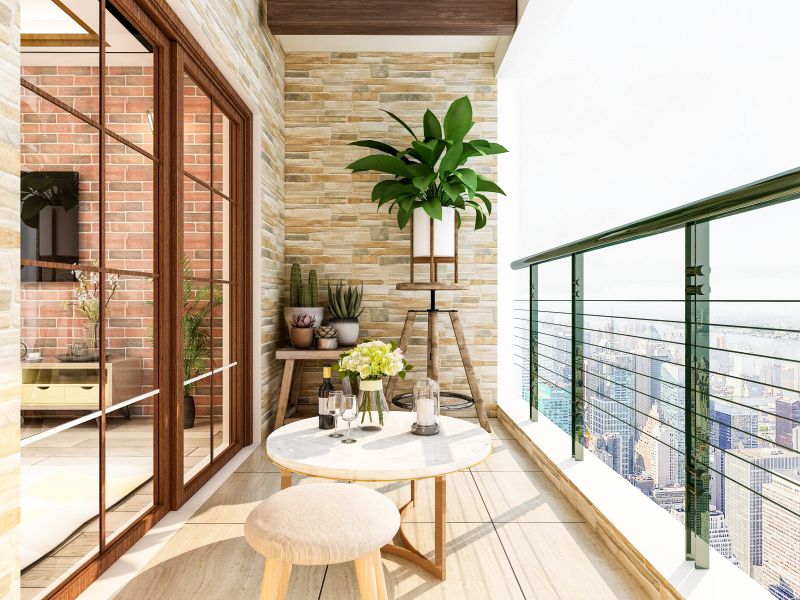
Finishes and colors that play nicely with Balcony Repairs.
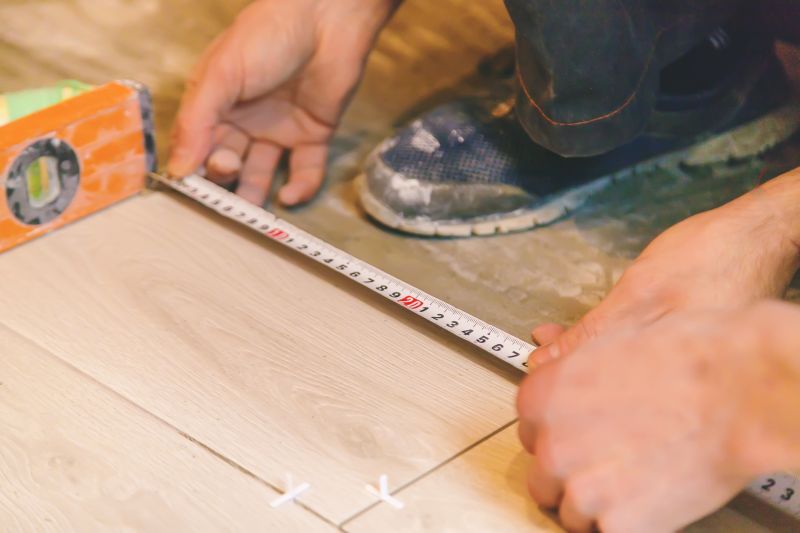
Little measurements that prevent headaches on Balcony Repairs day.
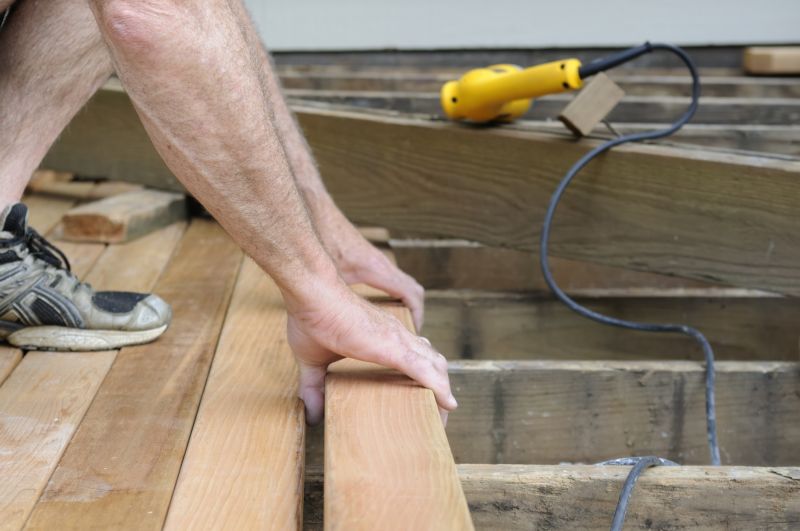
A 60-second routine that keeps Balcony Repairs looking new.
| Season | Advantages |
|---|---|
| Spring | Moderate weather, ideal for curing and less rain |
| Summer | Longer daylight hours, warm temperatures |
| Early Fall | Stable weather, less humidity |
| Late Fall | Potential for early frost, less suitable |
| Winter | Not recommended due to cold and moisture |
Choosing the right season ensures better adhesion, curing, and longevity of repairs. Weather impacts material performance and project timeline.
Temperature, humidity, and forecast stability are key factors. Avoid periods of heavy rain, snow, or extreme cold.
Enhanced durability, reduced risk of damage, and efficient project completion are among the benefits.
High humidity, freezing temperatures, and heavy rainfall can compromise repair quality and timing.



